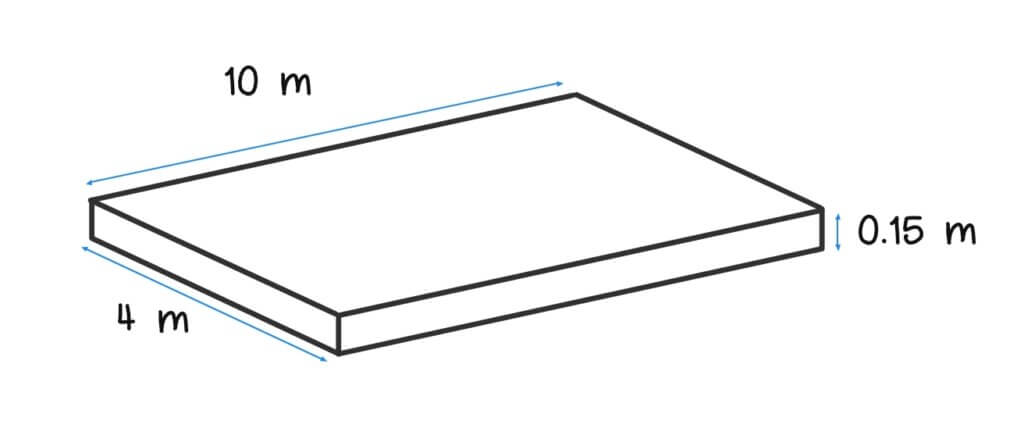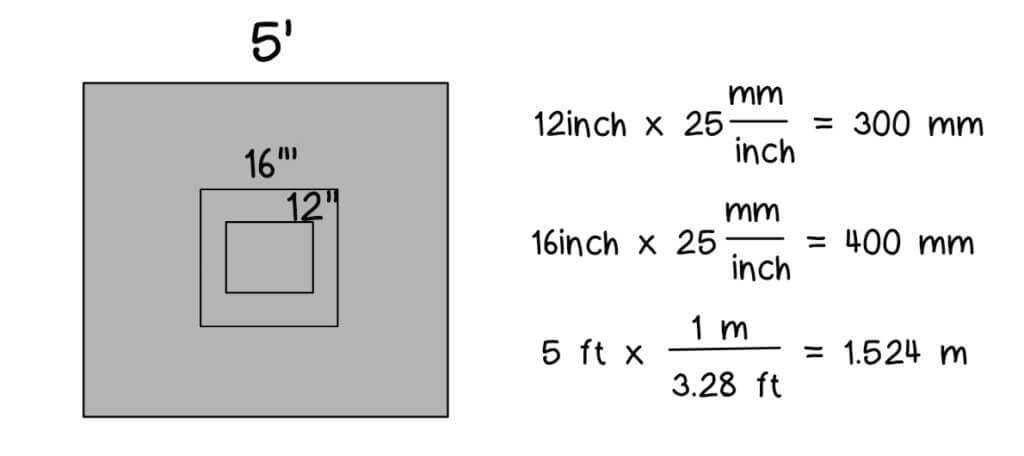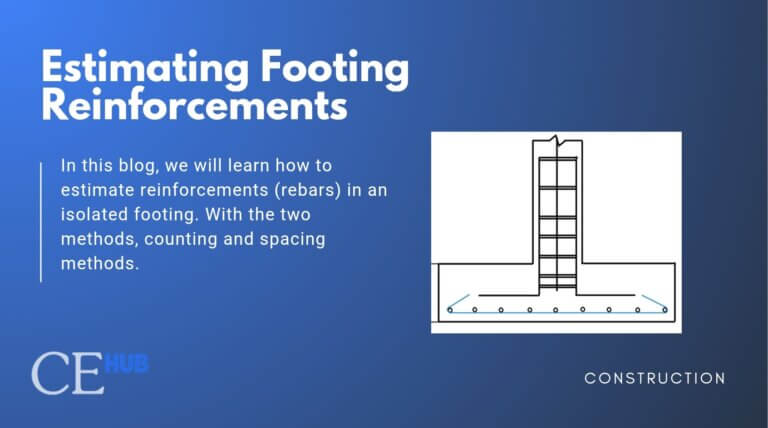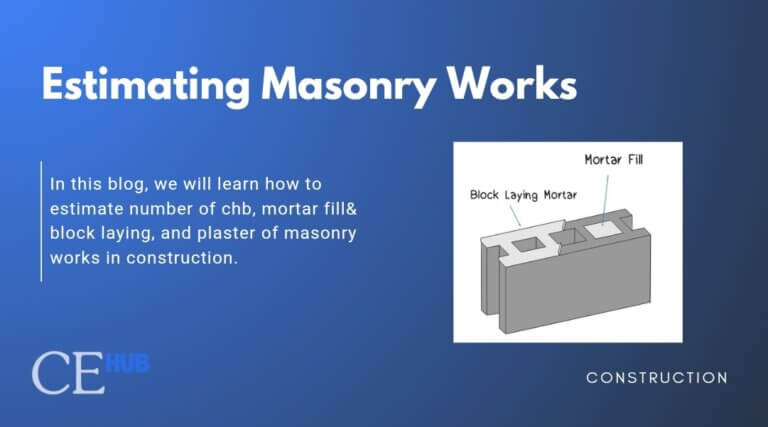Estimating Concrete Works for Slab, Footing, and Columns
Walk onto any construction site and you’ll see concrete everywhere. Foundations anchoring the structure into the ground. Floor slabs spanning between supports. Columns carrying loads from above. Beams transferring forces across spans. Pretty much every structural element either is concrete or sits on concrete.
Here’s the thing about concrete though: you can’t just order “some” and hope it works out. Ready-mix trucks show up with exact quantities, and once that concrete starts setting, you’re committed.
Order 20 cubic meters when you actually need 25? Your pour stops halfway through, you scramble to get more trucks, and now you’ve got cold joints weakening your structure. Order 30 when you need 25? You’ve just thrown away thousands of dollars on material that’s already hardening in the back of a truck.
It means that getting concrete estimate rights means more than just the formulas but also you don’t want to waste the time, materials and money.
As a Civil Engineer or Quantity Surveyor, whether you’re estimating a small residential foundation or a multi-story commercial building – it is important to calculate volumes accurately as it is one of the fundamentals in real life construction.
Estimating Concrete Works
Basic Components of Plain Concrete
It serves as the binder, it holds everything together once mixed with water. Mostly made of lime and silica plus a few other minerals.
Particles that pass through a 5mm sieve is considered as sand. It fills the gaps and made the mix workable.
Particles that are retained on a 5 mm siever are usually gravel or crushed stoned. It adds bulk and compressive strength to the mixture.
4. Water
It activates the cement, it must be clean and free from salt to avoid the steel from rusting. Also the water-cement ration controls the strength, too much water weakens the mix.
Estimating Concrete Slab
CONCRETE SLAB (VOLUME METHOD)
Step 1: Determine the Volume
![]()
Step 2: Compute fot the quantity of cement, sand, gravel and water. Identi

![]()
![]()
![]()
EXAMPLE
A Slab on Grade (S.O.G.) has a dimension of 10 x 4 x 0.15 m. Determine the number of cement in bags, sand (cu.m), and gravel required using Class B mixture and 40 kg./bag.

![]()
![]()

![]()
![]()
![]()
Estimating Concrete Footings & Columns
CONCRETE FOOTING (VOLUME METHOD)
Step 1: Determine the Volume
There are various kinds of footing but in residential or commercial structure, shallow foundations are most common.
Step 2: Multiply to the number of footing
![]()
Step 3: Compute fot the quantity of cement, sand, gravel and water.

![]()
![]()
![]()
EXAMPLE
There are 10 isolated stepped footings with columns in the plan with the dimensions in the figure below. Determine the number of cement in bags, sand (cu.m), and gravel required using Class AA mixture and 40 kg./bag.

Do the conversion first:


Volume of Footing:
![]()
Volume of Trapezium in Isolated Stepped Footing
![]()
![]()
![]()
Volume of Column:
![]()
Total Volume per post:
![]()
![]()
Total Volume of the Whole Plan:
![]()
![]()

![]()
![]()
G: 8.252m^3 \times 1.0 = 8.252 \approx 8.3m^3$
References:
Fajardo, M. B. (1980). Simplified Construction Estimate.







